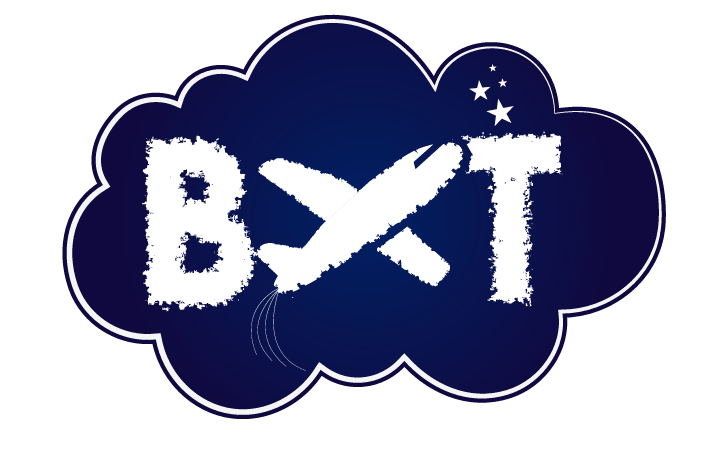We can no longer ignore it. We’re now living in the digital age! And its impossible not to notice one little symbol which has become a firm part of our online vocabulary. I’m talking about the hashtag symbol (#). At its most simple, a hashtag is a word or phrase followed by a hash mark. And over the course of this blog I’ll discuss how we can integrate hashtags into both our online and offline marketing strategy.
How Hashtags Became Cool
The origins of hashtags can be traced back to the introduction of Twitter in 2007. When used, hashtags allow a word or a phrase to be indexed by search engines and become searchable to others by clicking it.
Hashtags are important in both online and offline marketing. It allows you to organise conversations and topics about your company. They are similar to an information timeline where people can learn more about a product, service or event. This can lead to the spread of positive word-of–mouth about an event or product. During the buying process, when the consumer moves to the second stage (Information Stage), they will start to search and collect information about potential products/services which meet their needs. The sources of this information can come from hashtags.
Hashtags have the ability to cultivate a global audience. They’re often used in many global events such as Prince William and Kate Middleton’s wedding in 2011. Using hashtags allows you to create better brand recognition. However, before you start using hashtags, ensure you are familiar with the preceding topics. This will allow you, to guarantee you are using hashtags correctly.
Creating A Hashtag For Your Marketing Strategy
A hashtag always begins with the hashtag symbol (#) followed by text or numbers. Although, you don’t want to use just any random word or phrase for example - #marketing. This limits your exposure and could lead to you reaching the wrong audience. This is disastrous when you’re trying to generate a community of people interested in your product or service. Create something that is ‘unique’. This means that when the hashtag has gained a following, and you click on it then you’ll be redirected to people who’ve have embraced it. This allows you to monitor message visibility and connect with others.
For example, I launched #CharlevilleIRL for the Charleville Show during my time working for Charleville Chamber. On searching this term you saw images of the different business as well as the communities within Charleville. This allows the Charleville in Co. Cork, Ireland to be differentiated from the town called Charleville in France.
Similarly, Killarney (in Co. Kerry) has incorporated this type of hashtag into their marketing strategy, for example - #LoveKillarney. Recently, Tralee followed suit. The reasoning behind all this is when people click on the hashtag all these wonderful images of the town will appear. This encourages more visitors to the area. With platforms like Instagram this is particularly attractive. Other companies use more detailed hashtags when launching a certain event, product, webinars, etc.
Guidelines On Using Hashtags
You need to ensure the hashtag is recognizable, clear, concise, and easy to remember. Millions of hashtags exist out there. The last thing you want to do is create something that is hard to remember or which your ideal customer isn’t able to spell correctly.
To help your prospective customers, remember to include the hashtag on all online and offline promotional material. For example, use hashtags on all of your social networks promoting the campaign and any offline material such as radio campaign, print ads, etc. Don’t forget to include them on your company bio, website, events and emails. You could consider running a competition using hashtags. This instills the hashtag into the minds of consumers. For example, you see something once you’ll forget it, but if see it multiple times you’re more likely to recall the message.
Using Hashtags Effectively
Sometimes, you might decide to use a hashtag which is already in use. However, HubSpot preach caution on this. You must ensure the hashtag isn’t linked to sensitive or negative news. In effect this helps you avoid attention for all the wrong reasons. It’s acceptable to use a hashtag currently in use to join a popular discussion around your industry. This aids the visibility of your content by prospective customers interested in the topic.
It’s extremely important to search the hashtag you intend to use before inserting it into the message. However, consider also how others are using it. Don’t get into an embarrassing situation where the hashtag is being used for an entirely different subject matter. Sometimes this may lead you to select a different hashtag if you feel it doesn’t tie in with your company’s ethos or brand image. A handy tool to see what others are using the hashtag for is Hashtags.org.
Conclusion
Overall, there are many benefits to using hashtags in both your online and offline marketing strategy. Hashtags allow you to increase brand awareness and sales. Cautiously, try to avoid hashtag abomination. This is using multiple hashtags in a single message. Stick to one or two. Try to avoid making it difficult to read so it doesn’t detract from the main message. Hashtags are also one of my favourite marketing tricks because you can network with others at events using them.
At the same time, don’t forget to track the performance of the hashtag. Numerous website tools are available to see which keywords lead to inbound traffic to the website and which ones increase the number of sales. Nonetheless, ensure to check in advance how people are using the hashtag to reap the many benefits of hash tagging.
